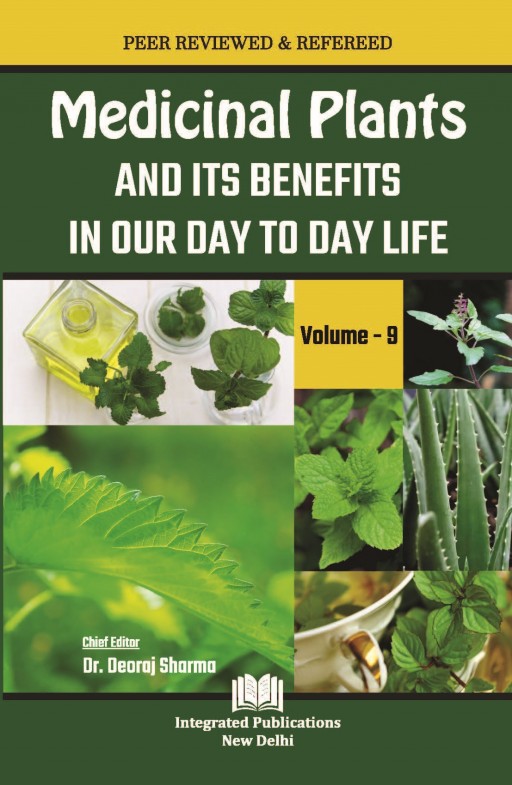Fruits are vital components of an appropriate diet because they include vitamins, minerals, fibre and advantageous non-nutrient chemicals known as bioactive compounds. The World Health Organisation (WHO) advises consuming at least 400 g (or five pieces) of fruits and vegetables per day. One of the major risk factors for increased mortality is low fruit consumption, which also raises the risk of chronic diseases and poor health. One of the most widely farmed tropical fruits worldwide is the banana (Musa sp.). Over a thousand different types of bananas are cultivated globally. Due to its substantial yield per hectare and resistance to damage from environmental changes, the Musa Cavendish variety has been commercialised the most (approximately 45% of the global market for bananas). The plantain (which contains more than 100 cultivars) is the other major variation group of the banana. The production of banana cultivars accounts for 15% of all fresh fruit produced globally [5], producing 110 million tonnes of bananas annually. Bananas are rich in dietary fibre, vitamins and minerals, along with various phytochemicals like anthocyanins, carotenoids, tryptophan and delphinidin. The banana fruit has numerous beneficial advantages and is capable of treating a number of medical conditions.
Copyright information
© Integrated Publications.

